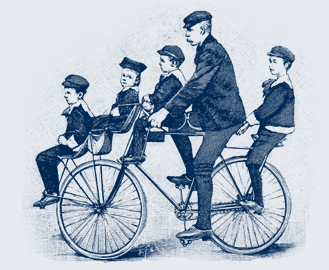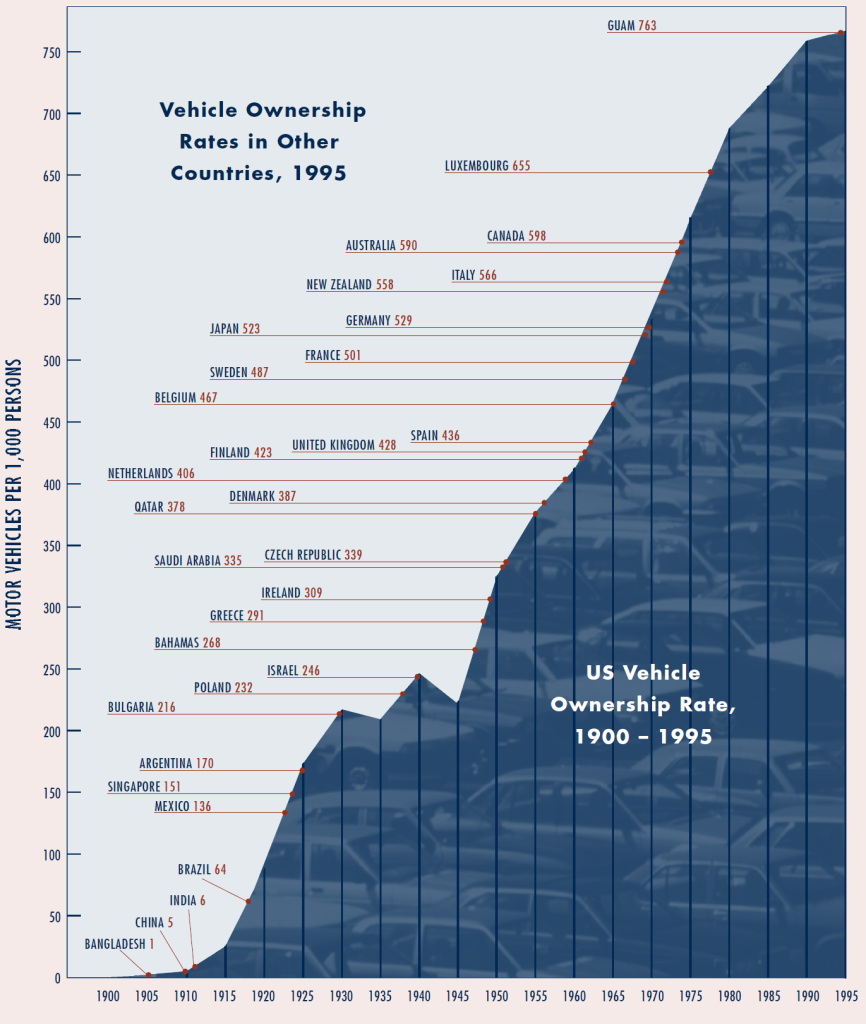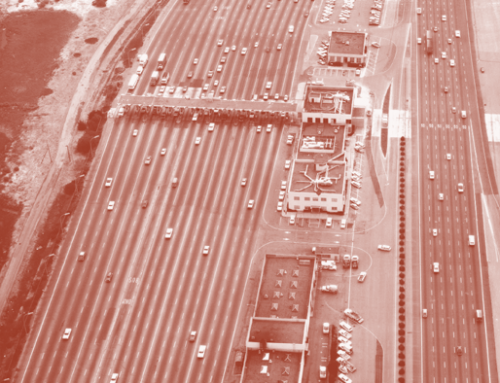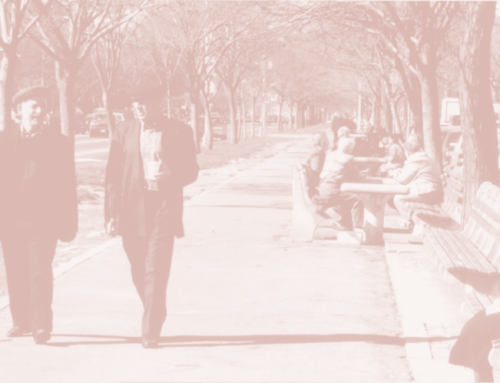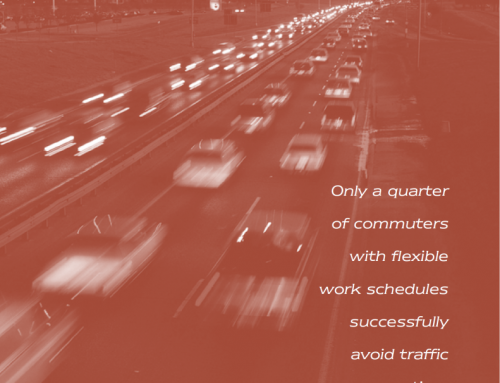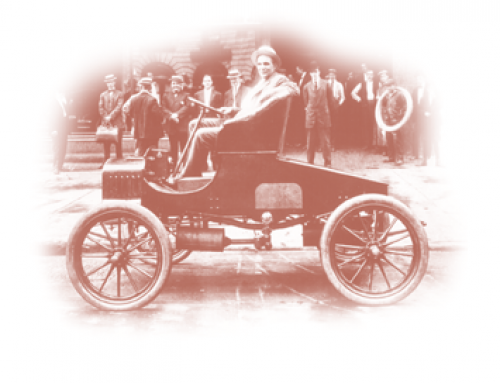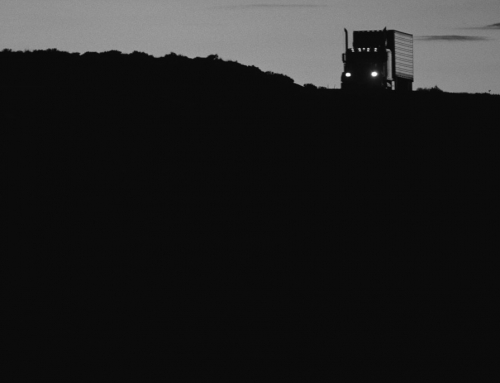[sharelines]Ever-expanding parking lots are a less-desirable side effect of increased car ownership.
 You don’t know what you’ve got till it’s gone. They paved paradise and put up a parking lot.
You don’t know what you’ve got till it’s gone. They paved paradise and put up a parking lot.
— Joni Mitchell
Vehicle ownership increased much faster in the US than in other nations during the 20th century. For every 1,000 persons, the US had 87 vehicles in 1920, 325 vehicles in 1950, and 767 in 1995. Ownership rates in 28 other nations in 1995 are noted in the accompanying graph to correspond with the year in which the US had the same rate. For example, in 1995 Bangladesh had the same vehicle-ownership rate as the US in 1905, Argentina the same as the US in 1925, and Denmark the same as the US in 1956.
There were 647 million vehicles on earth in 1995. If the rest of the world had matched the 1995 US ownership rate, there would have been 4.4 billion vehicles. Parking would be a global problem. How much space does it take to park 4.4 billion cars? A typical parking lot holds about 130 cars per acre. At this density, 4.4 billion parked cars require a parking lot about the size of England or Greece. There are currently at least four parking spaces per car in the US. At four spaces per car, 4.4 billion cars require a parking lot about the size of France or Spain. More cars also require more land for highways, service stations, used car dealers, repair shops, automobile graveyards, and tire dumps.
Fortunately, the rest of the world is still far behind the US in vehicle ownership. With only 5 percent of the world’s population in 1995, the US owned 31 percent of the world’s motor vehicles. The rest of the world had the average vehicle-ownership rate in 1995 that the US had in 1920—only 82 vehicles per 1,000 persons. The rate in the US was nine times higher than in the rest of the world in 1995, but other countries are following the vehicle- acquisition trail the US blazed through the 20th century. Outside the US, the number of vehicles grew 2.7 times faster than the number of people between 1980 and 1995.
Projections are not necessarily good forecasts, of course. For example, transportation created huge piles of horse manure in cities a century ago, and disaster seemed imminent. Then the horseless carriage came along and solved that problem. Horseless carriages now create a parking problem, but new remedies may yet arrive. After all, we don’t want to pave France or Spain to put up a parking lot.

